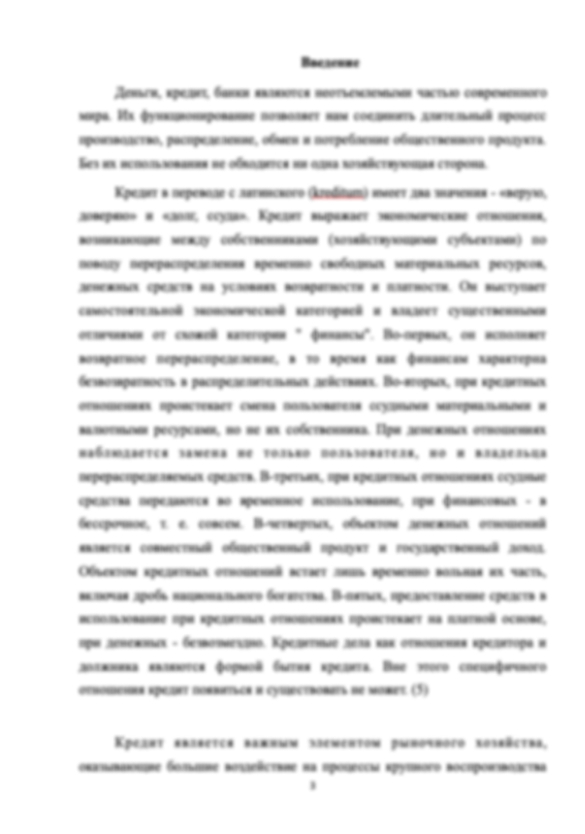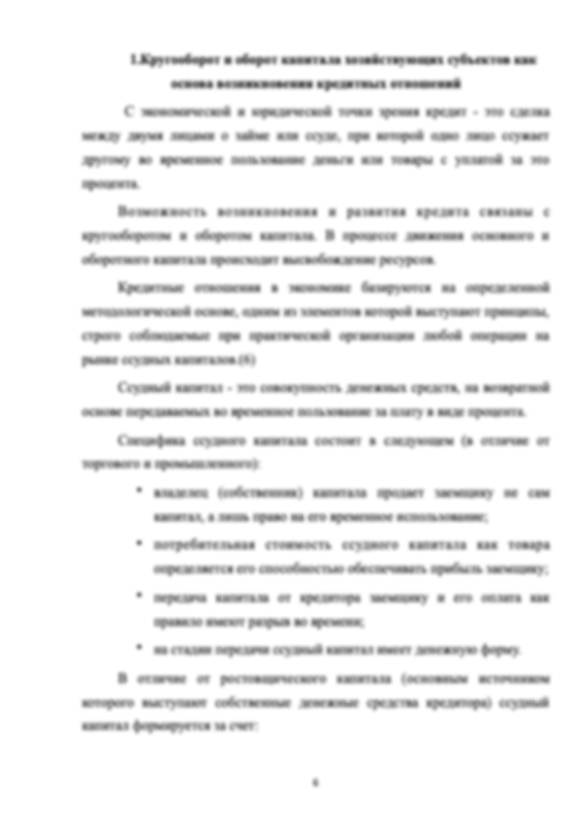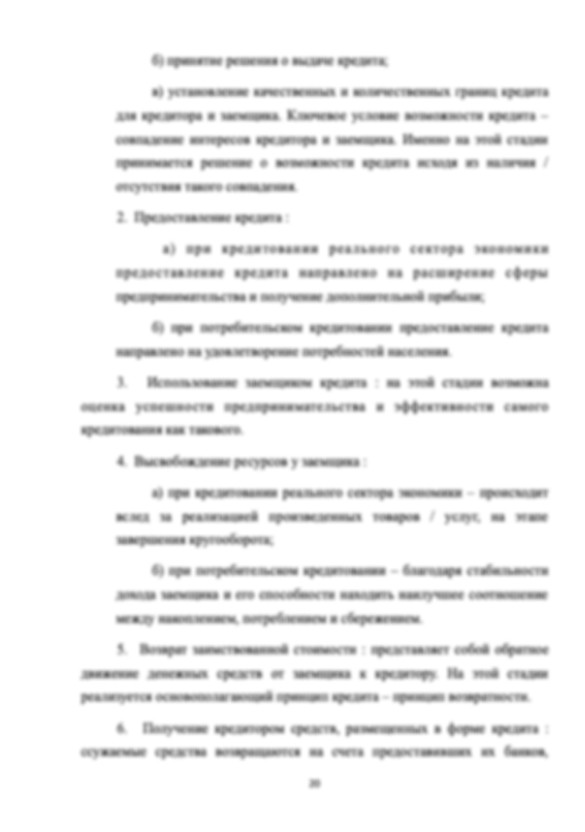Спасибо большое автору, спас от нагрузки после работы, всегда приятна и вежлива
Информация о работе
Подробнее о работе

“Theory and Methods of Foreign Languages and Cultures Teaching” STYLISTIC FEATURES OF THE MODERN BRITISH CRIME NOVEL (BASED ON J. ROWLING’S NOVELS)
- 108 страниц
- 2024 год
- 0 просмотров
- 0 покупок
Гарантия сервиса Автор24
Уникальность не ниже 50%
Фрагменты работ
In the first novel in the series, Calling Cuckoo (2013), Strike and Eracot explore the suicide potential of a mixed-blood model called Lula Laundry. In another article, Silkworm (2014), Strike's group investigates the brutal murder of a writer named Owen Quinn. His murder is indeed his old friend and colleague Elizabeth Tassel. In the third part of "Career of Evil" (2015), there is a serial killer Donald Raining and many victims, including Robin Eracott, who fortunately defeated him. The series' latest novel, Deadly White (2018), hires strikes and the assassination of Eracott, the minister of culture. Throughout the series, Robin's role from temporary secretary to talented researcher becomes a striking friend. The nature of Robin's relationship with Cormoran is also changing, eventually falling in love with each other. The features of the style of contemporary British criminal literature (based on J. Rolling's novel) lie not only in the expression of style (joy, fun) but also in the use of stylistic techniques to express emotion that determined the relevance of the research.
The goal of the thesis is to determine stylistic features of the modern British crime novel (based on J. Rowling's Novels).
The following tasks have to be solved:
- to study theoretical foundations for studying the stylistic features of the modern British crime novel;
- to determine stylistic coloring of language units;
- to give typology of stylistically marked units;
- to determine the function of emotionally colored vocabulary in artistic style texts;
- to conduct analysis of the stylistic features of the modern British crime novel (based on the novels by J. Rowling "Cuckoo's Calling" (2013), "The Silkworm" (2014));
- to determine stylistic means of expressing sthenic emotions (rage, anger, passion, aggression) in crime novels by J. Rowling;
- to show stylistic means of expressing asthenic emotions (fear, sadness, grief, depression);
- to look at the expression of positive emotions using stylistic means (pleasure, joy, enjoyment, happiness);
- to look at the expression of mood using stylistic means;
- to study implementation of research results in practice – in stylistic, in English learning, in translation.
The subject of the research is the novels by J. Rowling "Cuckoo's Calling" (2013), "The Silkworm" (2014).
The object of the research is stylistic features of the modern British crime novel (based on J. Rowling's Novels).
The methodology of the research is based on the descriptive method that allows you to identify the main stylistic devices in the above works, to determine the features of the style of these works.
The structure of the research contains Introduction, two chapters and Conclusions.
In the Chapter 1 the theoretical foundations for studying the stylistic features of the modern British crime novel are determined; stylistic coloring of language units as well as stylistically marked units are studied; the function of emotionally colored vocabulary in artistic style texts is determined.
In the Chapter 2 the analysis of the stylistic features of the modern British crime novel (based on the novels by J. Rowling "Cuckoo's Calling" (2013), "The Silkworm" (2014)) is conducted; stylistic means of expressing sthenic emotions (rage, anger, passion, aggression) in crime novels by J. Rowling, stylistic means of expressing asthenic emotions (fear, sadness, grief, depression) are determined; the expression of positive emotions using stylistic means (pleasure, joy, enjoyment, happiness) is overlooked; the expression of mood using stylistic means is determined and implementation of research results in practice – in stylistic, in English learning, in translation – is organized.
INTRODUCTION 4
CHAPTER 1. THEORETICAL FOUNDATIONS FOR STUDYING THE STYLISTIC FEATURES OF THE MODERN BRITISH CRIME NOVEL 7
1.1 Stylistic coloring of language units 7
1.2 Typology of stylistically marked units 14
1.3 The function of emotionally colored vocabulary in artistic style texts 20
1.4. Summary of results 24
CHAPTER 2. ANALYSIS OF THE STYLISTIC FEATURES OF THE MODERN BRITISH CRIME NOVEL (BASED ON THE NOVELS BY J. ROWLING "CUCKOO'S CALLING" (2013), "THE SILKWORM" (2014)) 27
2.1. Stylistic means of expressing sthenic emotions (rage, anger, passion, aggression) in crime novels by J. Rowling 27
2.2. Stylistic means of expressing asthenic emotions (fear, sadness, grief, depression) 33
2.3. Expression of positive emotions using stylistic means (pleasure, joy, enjoyment, happiness) 38
2.4. Expression of mood using stylistic means 44
2.5. Results and discussion 52
CHAPTER 3. IMPLEMENTATION OF RESEARCH RESULTS IN PRACTICE 57
3.1. Implementation of research results in stylistic 57
3.2. Implementation of research results in English learning 60
3.3. Implementation of research results in translation 61
3.4. Results and Recommendations 63
CONCLUSION 65
REFERENCES 67
APPENDIX …………………………………………………………………...…72
The relevance of research is connected with the fact that at the heart of the Rolling detective series is private detective Cormoran Strike and his colleague Robin Eracott. The attacker is a former soldier and has not been able to lose the calf he suffered while serving in Afghanistan. The first novel, The Cuckoo Call Strike, tries to keep its business afloat despite its debts. Robin Eracott is a college graduate who has moved to London with her girlfriend. Finally, he will help the strike maintain and build a private research institute. As the series progresses and these relationships develop, Strike and Eracot range from victims of BIID (bodily integrity dysphoria) to schizophrenic young men and transgender women as private detectives. The series of mobile detectors is also used in TV series strikes. Three innovative editions of Käokutsu, Siidiuss and Evil's quarries were broadcast on BBC One as Tom Burke as Cormoran Strike and Holliday Grainger as Robin Eracottina.
1. Bayandurova E.A. Analysis of semantic and functional connections of words and their synonyms in modern English // Language, communication and social environment. 2017. No. 15.pp. 116-123.
2. Cambridge Dictionary [Electronic resource]. Access mode: https://dictionary.cambridge.org/dictionary/english/strange (Accessed 10.02.22)
3. Chemaik, W., et al., editors. The Art of Detective Fiction. Palgrave Macmillan, 2000.
4. Chepkova T.P. Formation of phraseological competence of foreign students in teaching the Russian language. - Moscow: Bulletin of FGBOU VO "Moscow State Pedagogical University", 2012. S. 61-66.
5. Christie, A. Partners in Crime / A. Christie. - New York: Dodd, Mead and Company, 1999. - 277 p.
6. Dictionary of the Russian language: In 4 volumes / RAS, Institute of Linguistics. research; Ed. A. P. Evgenieva. - 4th ed., Sr. – M.: Rus. language; Polygraphic resources, 1999. - 702 p.
7. Drsova, Pavlina. Representation of Women in Selected Novels by Agatha Christie and P.D. James. 2004. Masaryk University, MA thesis.
8. Frumkina R.M. - Color, meaning, similarity. Aspects of psycholinguistic analysis. - Moscow: Nauka, 1984. - 174 p.
9. Galperin, I.R. Essays on the style of the English language / IR Galperin. - M.: Librokom, 2014. - 382 p.
10. Galperin, I.R. Stylistics. M.: Librokom, 2010, 2014. 336 p.
11. Gorbunova V.S., Zhidkova Yu.S. _ English synonymy // Young scientist. 2015. No. 12. P. 906-908.
12. Hamilton, Ben. “Gossip With A Kind Heart.” Review of The Silkworm by Robert Galbraith. The Spectator. 28 June 2014, p. 46.
13. Horsley, Lee, and Charles J. Rzepka. A Companion to Crime Fiction. Blackwell
14. Irons, Glenwood H. Feminism in Women’s Detective Fiction. University of Toronto Press, 1995.
15. Kapura N.V., Drozdova T.V., Remesheva E.M. On the problem of interchangeability of synonyms // Science, education, society. 2015. No. 2. P. 125-133.
16. Khlorenko A. T. Fundamentals of cultural studies. - Moscow, 2009. - 184 p.
17. Klein, Kathleen K. The Woman Detective: Gender & Genre. 2nd ed., University of Illinois Press, 1995.
18. Koprov V. Yu. About aspects of the synonymy of English cause-and-effect and temporary constructions. Bulletin of the Voronezh State University. Series: Linguistics and intercultural communication. 2010 No. 2. p. 24-27.
19. Lindsay, Elizabeth Blakesley. Great Women Mystery Writers.2nd ed., Greenwood Press, 2007.
20. Marker, Jeff W. “Surveillance and the Body in the Millennium Trilogy.” Surveillance & Society, vol. 16, no. 2, April 2018, pp. 158-169.
21. Martin, Nora. “In the business of believing women’s stories”: Feminism through detective fiction (Sara Paretsky, Sue Grafton). 1996. Wilfrid Laurier University, Theses and Dissertations.
22. Mizejewski, Lind. Hardboiled and High-heeled: The Woman Detective in Popular Culture. Routledge, 2004.
23. Murphy, Bernice M. Key Concepts In Contemporary Popular Fiction. EUP, 2017.
24. Online Etymology Dictionary [Electronic resource]. Access mode: https://www.etymonline.com/word/strange (Accessed 10.02.22)
25. Ospanova A.S., Satmagambetova R.S. Typology of Expression of Color Spectra in English, French and Russian. - Kostanay, 2014. - p. 24-33.
26. Ovchinnikova A.P. Synonymy in the cognitive aspect (on the example of English adjectives Fresh and New) I Vestnik TSPU. 2004 No. 4. p. 54-60.
27. Paccaud-Huguet, Josiane, and Redouane Abouddahab. Fiction, Crime, and the Feminine. Cambridge Scholars Publishing, 2011.
28. Peach, Linden Masquerade, Crime and Fiction: Criminal Deceptions. Palgrave Macmillan, 2006.
29. Priestman, Martin. Crime Fiction: From Poe to the Present. 2nd ed., Liverpool University Press, 2013.
30. Prokhorova A.M. Semantic features of phraseological units with the "color" component and their anthropological correlation (on the material of English and Russian languages) - Voronezh: Prospects for Science and Education, 2013. No. 4 - P. 243-250.
31. Publishing, 2010.
32. Rowland, Susan. From Agatha Christie to Ruth Rendell, British Women Writers in Detective and Crime Fiction. Palgrave Macmillan, 2001.
33. Sadygova A.A. Russian phraseology at the lessons of Russian as a foreign language. - Baku: Bulletin of the Azerbaijan State University of Culture and Arts, 2016, pp. 166-172.
34. Scipova, Monika. Stieg Larsson’s Millennium - Social Criticism in Contemporary Detective Fiction. 2014. Masaryk University, BA thesis.
35. Shevchenko K.V. Cognitive aspects of phraseological units containing the component "color" in modern English: author. dis....cand. philol. Sciences: / KV Shevchenko. - Moscow, 2007. - 204 p.
36. Studopedia [Electronic resource]. – Access mode: https://studopedia.ru/15_73633_Stylistic-devices-and-expressive-means.html.
37. The Cuckoo's Calling. Sphere, 2013.
38. The Silkworm. Sphere, 2014.
39. Thesaurus plus [Electronic resource]. Access mode: https://thesaurus.plus/synonyms/strange (Accessed 02/10/22)
40. Urban Dictionary [Electronic resource]. Access mode: https://www.urbandictionary.com/define.php?term=Foreign (Accessed 02/10/22)
41. Vilyuman V.G. English synonymy: (Introduction to the theory of synonymy and methods of studying synonyms) [Text]: Textbook, manual for ped. in-t on spec. "Foreign language". Moscow: Higher school, 1980. 128 p.
42. The latest encyclopedic dictionary: 20,000 st. / ed. E. A. Varshavskaya. - Moscow: AST: Astrel: Transitbook, 2004. - 1424 p.
43. Ozhegov S. I. Explanatory dictionary of the Russian language / S. I. Ozhegov, N. Yu. Shvedova. - 4th ed., add. - Moscow: Azbukovnik, 2000. - 940 p.
44. Presnyakova N. A. Containers of feelings: somatic metaphors in Russian and English / N. A. Presnyakova / / Bulletin of the Novgorod State University. Scientific-theoretical and applied journal. Series: “History. Philology, №52, 2009. - p. 62-64.
45. Rowling J.K. Harry Potter and the Philosopher's Stone: A Novel / Per. from English. I.V. Oransky. M.: LLC Publishing house "ROSMEN-PRESS", 2021. 399 p.
46. Sklyarevskaya G. N. Metaphor in the language system / G. N. Sklyarevskaya. - St. Petersburg: Nauka, 1993. - 152 p.
47. Smirnova E. A., Kuznetsova A. A. “Methods and strategies for translating author’s occasionalisms on the example of J. K. Rowling’s novel “Harry Potter and the Deathly Hallows” // Philological Sciences. Questions of theory and practice. - Tambov: Diploma, 2013. - No. 3 (21): in 2 parts, Part II. - S. 196-199.
48. Teliya VN Activity aspects of the language // Otv. editor V. N. Teliya. Moscow: Nauka, 1988 - 318 p.
49. Telia VN Metaphor as a model of meaning production and its expressive-evaluative function // Metaphor in language and text. M. : Nauka, 1988. - 174 p.
50. Telia VN Types of language meanings: Associated meaning of a word in a language. Moscow: Nauka, 1981 - 259 p.
51. Tolochin I. V. Metaphor: universal and specific / I. V. Tolochin. - M.: Nauka, 1988. - 26 p.
52. Cicero. Three treatises on oratory. M.: Nauka, 1972. - 389 p.
53. Shikalov S. V. Ways of translating metaphors in the concept of Peter
54. Newmark [Electronic resource] / SV Shikalov // Modern problems of the private theory of translation. - 2010. - Access mode: http: //www.thinkaloud.ru/science/shik-newmark.pdf (accessed:
55. Yankevich V. V. The concept of fire in culture: Meanings and functions: diss.: 24.00.01. - St. Petersburg, 2003. - 196 p.
56. Deignan A. Metaphors and Corpus Linguistics. Amsterdam: John Benjamins, 2005. P. 235.
57. Deignan, A. Metaphoric Expressions and Culture: An Indirect Link’, Metaphor and Symbol 18: P. 255.
58. Winner E. Giftedness: Current Theory and Research, 1999. P. 76.
59. Rowling J.K. Harry Potter and the Philosopher's Stone. London: Bloomsbury, 20101, p. 336.
60. Rowling J.K. Interviews. [Electronic resource]. URL: https://www.youtube.com/playlist?list=PLSFaNZE80cVfwdLivM9mwLF 1 DiTl wNXbU (accessed 04/15/2021).Weiss, Alex. “14 Feminist Quotes By J.K. Rowling That Prove She's The Greatest Role Model” Bustle, 31 March 2016, https://www.bustle.com/articles/146336-14- feminist-quotes-by-jk-rowling-that-prove-shes-the-greatest-role-model.
Форма заказа новой работы
Не подошла эта работа?
Закажи новую работу, сделанную по твоим требованиям





